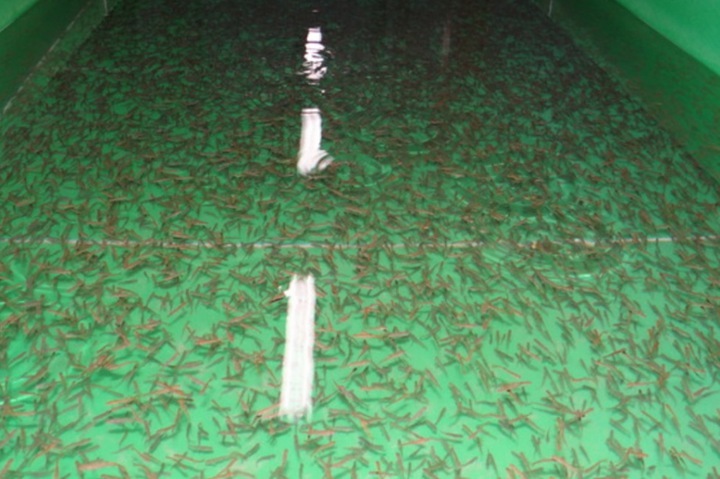A study conducted in the mouth of the Paratunka River in Kamchatka demonstrated the high efficiency of the Paratunsky Fish Hatchery for the artificial reproduction of chum salmon. According to the Kamchatka News Agency, 89.9% of the chum salmon that returned to the river were grown at this plant. This has become a significant contribution to the restoration of salmon populations in the region.

An innovative otolith tagging method was used to determine the origin of juvenile chum salmon. Otoliths are the bony structures of the inner ear of fish, which have unique characteristics that make it possible to identify their place of origin. An analysis of the otoliths showed that 68.8% of the fish were grown at the Paratunsky plant. This confirms the high accuracy and reliability of the method used.
In addition to determining the origin, the scientists conducted an analysis of the age composition of chum salmon. It was found that most of the producers who returned to the river were aged 3+ (68,8%), 4+ (22,9%) and 5+ (8.3%). These data indicate the long-term positive effect of the fish hatchery and its ability to support salmon populations for several generations.
Glavrybvod noted that the success of artificial reproduction at the Paratunsky plant underscores the importance of this practice for the conservation and restoration of salmon populations. Artificial reproduction makes it possible to compensate for natural losses and maintain population numbers, especially in conditions where natural factors do not contribute to natural reproduction.
The results of this study demonstrate the importance of scientific research and the application of innovative approaches, such as otolith tagging, in the field of protection of aquatic biological resources and rational fisheries. They also serve as an example of a successful combination of efforts by fish hatcheries and the scientific community to achieve a common goal – the conservation of valuable fish species.